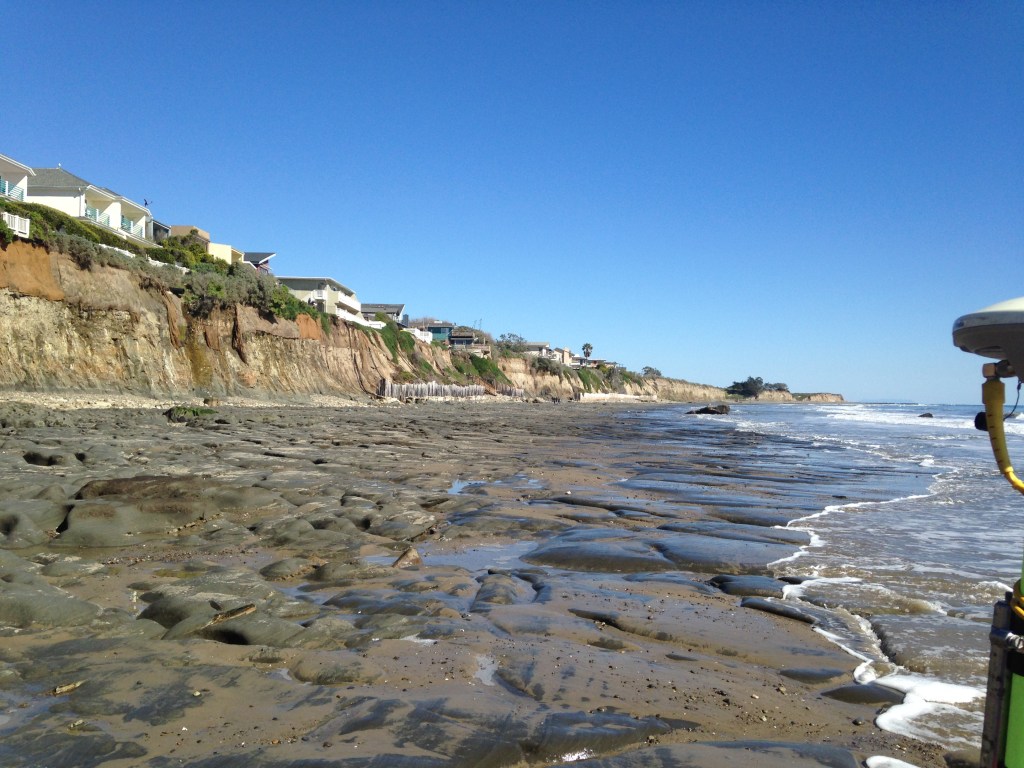RENEGOTIATING NAFTA
Negotiators from the United States, Canada, and Mexico have started intensive talks to rewrite the North American Free Trade Agreement (NAFTA), the agreement that governs trade among the three nations. The New York Times reported last week on the United States’ tough rhetoric to kick off the talks (see: “U.S. Begins Nafta Negotiations With Harsh Words,” by Binyamin Applebaum). The Washington Post took a deeper look at the treaty’s history and at the objectives each nation brings to the discussion (see: “What you need to know about NAFTA as it goes through a quarter-life crisis,” by Max Bearak and Amanda Erickson.
Balance of trade will be one sticky subject: The United States position is that the deficits the U.S. runs with Mexico and, to a lesser extent, Canada, are damaging to the U.S. economy, while Canadian and Mexican negotiators (as well as many economists) consider the trade balance to be relatively meaningless as a practical matter. Another vexing topic will be arbitration and adjudication of disputes: The United States wants to get rid of international tribunals that rule on complaints about dumping and unfair competition, while Canada and Mexico want to keep that process in place.
One key issue affecting builders is lumber trade with Canada, which is actually governed by a side agreement with Canada, separate from NAFTA. The U.S. took action to penalize Canada for alleged unfair competition earlier this year, setting off efforts to negotiate a solution to the dispute. But those talks are on a separate track, Reuters reported last week (see: “With no U.S.-Canada deal, lumber talks to run parallel to NAFTA,” by David Lawder). “Canadian sources familiar with the softwood lumber talks said it was impossible to predict when there would be a lumber deal and that there were no plans for any softwood discussions on the sidelines of the NAFTA negotiations,” Reuters reported.
COASTAL EROSION THREATENS CALIFORNIA SHORELINE
California’s coast is one of the state’s defining features, and it’s a dynamic element of life there. The New York Times’ “California Today” section took a look last week at the coastline’s tenuous future (see: “California Today: A Growing Threat on the Shoreline,” by Mike McPhate). “A study this year by the United States Geological Survey predicted that as much as two thirds of Southern California’s beaches could be lost by the end of the century,” the Times reported. “Among the variables, said Patrick Barnard, a geologist and author of the report, are rising seas and intensified storms, both linked to climate change, as well as hundreds of river dams that are blocking the flow of sand to beaches.”
Barnard’s study can be found here (see: “A model integrating longshore and cross-shore processes for predicting long-term shoreline response to climate change,” by Sean Vitousek, Patrick L. Barnard, Patrick Limber, Li Erikson, and Blake Cole).
“Using a newly-developed computer model called ‘CoSMoS-COAST”'(Coastal Storm Modeling System – Coastal One-line Assimilated Simulation Tool) scientists predict that with limited human intervention, 31 to 67 percent of Southern California beaches may become completely eroded (up to existing coastal infrastructure or sea-cliffs) by the year 2100 under scenarios of sea-level rise of one to two meters,” the USGS website said (see: “Disappearing Beaches: Modeling Shoreline Change in Southern California”).
STATE BY STATE
Wisconsin: Administration officials say they won’t be enforcing a 2008 regulatory requirement for fire sprinklers in apartment buildings with between 3 and 20 units, because it conflicts with a 2011 law that prohibits state regulations from being stricter than the requirements of state law. The Milwaukee Journal Sentinel had a report (see: “Scott Walker administration scales back fire sprinkler rule in second reversal on issue,” by Patrick Marley). “State law says fire sprinklers are required in buildings with more than 20 units,” the paper reported. “In 2008, the state put into effect the sprinkler rule for buildings with three or more units for any building built after Jan. 1, 2011. The Wisconsin Builders Association challenged the rule, but the state Court of Appeals determined the agency that set the rules had the power to do so because it was given broad authority to establish regulations to keep buildings safe. But in 2011, Walker and legislators approved a law that says state agencies cannot write regulations that go further than what is spelled out in state law. Department of Safety and Professional Services officials determined that meant the fire sprinkler rule for buildings with three to 20 apartments is unenforceable, according to a letter the agency’s chief counsel, Michael Berndt, wrote to Attorney General Brad Schimel last month.”
Montana: A severe wildfire season is depleting state fire control funds, reported the Missoulian (see: “Montana’s wildfire fund nearly dry as fires continue to rage,” by Bobby Caina Calvin). “Montana’s firefighting fund could run out by the end of the week, the state’s budget director acknowledged Wednesday, forcing officials to draw money from emergency reserves to keep crews and equipment on the front lines of the worst collection of wildfires in the U.S.,” the paper reported. The largest active fire in the state, the “Lolo Peak fire,” is still far from contained and forced new evacuations last week, the Missoulian reported (see: “Update: Lolo Peak fire’s evacuation orders, warnings now include 1,150 homes,” by Dillon Kato).
